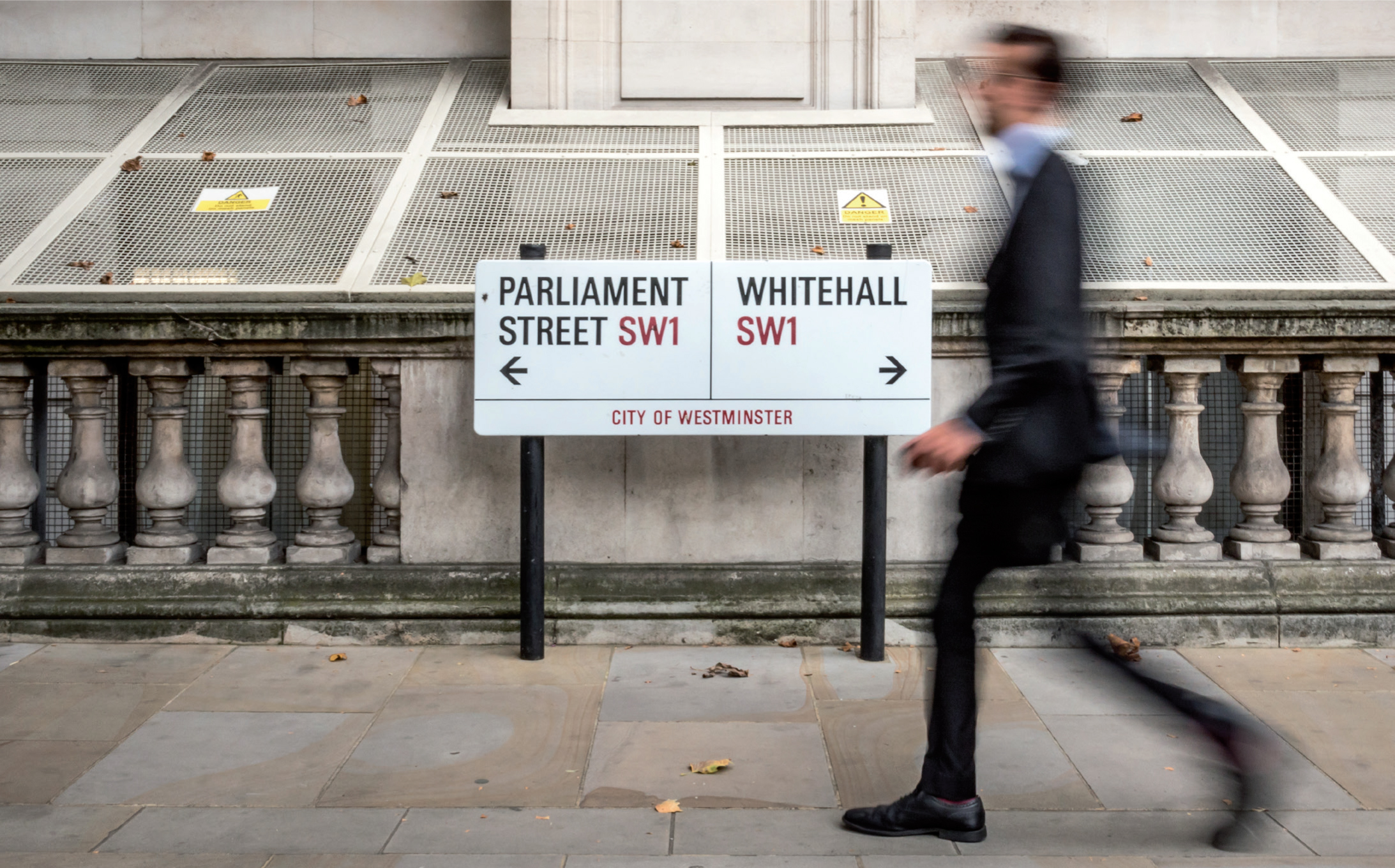
For many years we have heard the sector referred to as the wild west of medicine and many of us would regard this not to be too far from the truth. I have complex feelings about these changes most of them positive, but I also have some real concerns. We have been handed a ‘golden egg’ of opportunity, but I remain cautiously fearful that we may drop it, as we did when Health Education England (2015) released its recommendations for non-surgical aesthetic practice following the publication of the Keogh report in 2013.
Historically the aesthetic sector has grown from a handful of early implementers such as nurses, doctors and dentists who saw an opportunity to develop and grow a new and exciting medical specialism whilst building a business that would be financially and commercially rewarding. These early implementers were trail blazers who hailed from diverse and unique backgrounds, bringing with them significant amounts of clinical and educational knowledge. They also brought high levels of innovation and intelligence which helped to shape and grow the specialism. However, what the early implementers did not get right, me included, was to develop an ethos of collaboration with colleagues which may ultimately have provided protection for members of the public from the problems that many who have sought out aesthetic treatments are now facing, in the form of sub-standard treatments carried out in unsuitable settings.
These problems pose a true and grave risk to the physical and psychological well-being of service users. Coercive and predatory marketing of procedures on social media platforms provides false assurance to consumers that may lure prospective patients (many of whom may already be feeling vulnerable) into receiving treatments that are carried out in unsafe and potentially unhygienic locations. These issues are not new but are growing exponentially by the day with no checks and balances to act as a braking system to pause this runaway train. Some of the problems, we have, without a doubt, brought upon ourselves.
Coupled with the lack of regulation, the ability to work uninsured and to ignore the real threat of complications, plus the ability to purchase cheaper substandard products has left the sector in its current state of unwarranted variation regarding patient safety and the provision of questionable standards of care.
» Social media is a platform that many practitioners within the aesthetics sector use to showcase and promote enviable lifestyles. This has served to breed avarice, encouraging others to seek out such lifestyles, often without regard to consequences of such aspirations «
The recommendations from HEE in 2015 detailed that anyone with a level 7 qualification could practice aesthetics. I felt at the time that this document was naive and helped to create a perfect storm. Had more clarity been given to what a level 7 qualification should actually be based upon with regard to academic knowledge and practice proficiency, then the floodgates may not have opened quite so fully — as we have since witnessed.
The resulting situation is that we now have uncontrolled practice being transacted within the context of an unregulated sector that is becoming increasingly harmful to members of the public. We have all witnessed the horror stories. This was a missed opportunity for health care professionals to work cohesively. Had pressure for mandatory regulation been applied, or in the very least had we insisted on clarity of what level 7 meant, then maybe members of the public might not be in the vulnerable position that they are in now. Medical aesthetics might in fact therefore have been established as a specialism that delivered a safe and ethical service to the public. This is where we dropped the first golden egg of opportunity.

With this in mind I find myself looking at the Government's current proposals for regulation through a lens of cynicism. By the time legislation is enforced and implemented it is likely that I will be retired but I still care very much about the legacy that the ‘old guard’, the early implementers, leave behind. I am struggling to be convinced by how some of the proposed aspects of regulation will be managed. For example, who is going to ensure that practitioners comply fully with the conditions and standards set out in the new proposed practitioner licence? What scheme of enforcement and sanctions will be implemented? The numbers of practitioners, lay and clinical, currently carrying out these procedures have reached epic proportions; you just need to take a look at your own region and social media sites to see this. I would like to understand the infrastructure that will be put in place that will provide the workforce with the required knowledge and skills to implement these changes and how the new scheme of regulation will be funded? Is there to be a consequence to those flaunting the rules? Will there be a penalty severe enough to discourage practitioners from having the idea that they will just pay the fine and then carry on with a lucrative business under a di˙ erent company name? We just have to look at the Scottish Government who to give them credit, recognised some time ago that there was a problem, and thus brought in regulation to try to address the issues that they were facing. However, as has been witnessed, such laudable aims presented challenges when it came to the implementation of new standards and enforcement regimes.
» When Health Improvement Scotland brought in their licensing scheme for aesthetic practice it left many practitioners annoyed and confused. Many felt that they were being made to ‘jump through hoops’ by regulators who they considered were not fully informed about the aesthetics sector «
When Health Improvement Scotland (HIS) 2016, brought in their licensing scheme for aesthetic practice it left many practitioners annoyed and confused. Many felt that they were being made to ‘jump through hoops’ by regulators who they considered were not fully informed about the aesthetics sector. Whilst regulated healthcare professionals were going through the process of aspiring to comply with new regulations in Scotland, many non-medical practitioners continued to be permitted to practice under the radar, largely without censure it appears.
Currently in England we are standing on the threshold of a new era for aesthetic practice, and we have a brand-new golden egg of opportunity in the form of a premises and practitioner licencing underpinned and regulated by legislation. As ‘good cop’ I have found myself surprised that I have been impressed by some of the information that has been disseminated from the Government and by the JCCP. There are short video recordings available which detail how we have arrived at the point that we are now at with regards to regulation. As a person who likes to keep things simple, I found these recordings excellent. They are easy to navigate with simple but informative graphics and narrative. They were useful prior to completion of the public consultation questionnaire. The recordings make it straight forward for all interested parties to follow and understand what is happening in bite size pieces of information.
The traffic light system that the Westminster Government is intending to use to categorise treatments is straight forward and with tweaking I feel it could be a useful and appropriate tool that may go some way to help the public to understand what non-surgical and surgical cosmetic treatments are and why they may be unsafe in the wrong hands. Anything that raises public awareness is a good thing. I appreciate that there are those who feel that toxin and dermal filler treatments should be in the red category but my cynicism questions how this could be managed as it would likely swamp the Care Quality Commission (CQC). However there needs to be a hard line taken with regards to practitioner oversight and what this will mean. We do not want to end up in a situation where we have a repeat of unscrupulous people selling their services without actually providing true oversight from regulated healthcare prescribers.
I am aware that many of the prominent groups such as the JCCP, BACN and BCAM to name a few are being asked for their opinions and I am sure their opinions will be considered and well informed. I know that patients who suffered harm due to lack of regulation have voiced their concerns strongly and directly into the ears of government ministers. However, I still do not feel that there is clarity about who has informed the Government on what regulation should look like. I hope that the Government is working alongside a wide range of knowledgeable, expert practitioners and educators who fully understand every aspect of this sector and that these people are free of self-aggrandisement and ego.
» There appears to be a systematic approach to bringing in this new legislation. However, with my ‘bad cop’ hat on I would like to ask the question: who is, and who has been informing this process? Where is the information coming from that is being given to the Government to shape the future? «
Further concerns have led me to ask the question — are the non-healthcare practitioners going to lie down and let this happen? I doubt it. Maybe they should consider very large ˇines for those who choose to practise without a licence. Maybe these ˇines could go some way to fund the oversight and governance of the sector. Or better still issue a custodial sentence for non-compliance of the new law. These matters need to be given serious consideration if members of the public are to be protected for unsafe and potentially harmful practice.
I have found myself playing ‘good cop’/‘bad cop’ since the outset of the regulatory journey. I have listened to varying opinions and ˇind myself agreeing with some and disagreeing with others. I have also found that many members of the aesthetic work force that I have contact with seem to have little idea of what is happening or are uniformed of what it will mean for them and who is informing this process. It leaves me with a feeling of apprehension that I am unable to provide a clear explanation of what the future landscape will look like for aesthetic practice, a job that I have loved and been challenged by in equal measure for 15 years. More importantly though, will the aesthetic sector become safer for the patients seeking aesthetic treatments?
I hope that my concerns are unfounded, and I hope those whom I have challenged and argued with about the potential challenges that exist in both the design and implementation of a new licensing scheme are able to rejoice when the Government and its advisors produce a flawless golden egg that we hand down to future practitioners, without having dropped it again.



